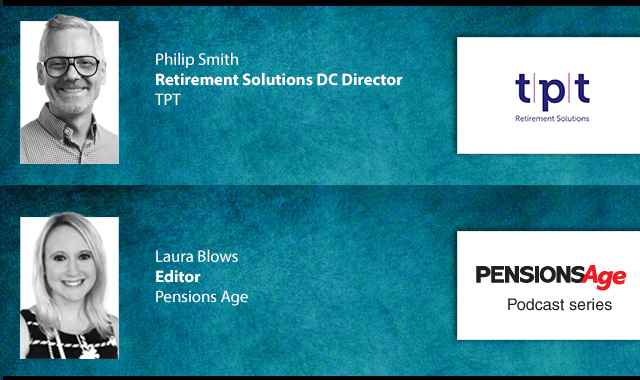When the lifetime allowance (LTA) finally departs the pensions tax station on 6 April 2024, a key issue will be where to signal the dividing line between tax-free lump sums and taxed lump sums in its absence.
Two new personal tax allowances will make their debut: the “lump sum allowance” (“LSA”) and the “lump sum and death benefit allowance” (“LSDBA”).
With lots of new jargon to digest, we take a brief look at the main announcements and what they mean for schemes.
Two new allowances
In many ways, the LSA and LSDBA will be familiar fare. The standard LSDBA will be £1,073,100, matching the current standard LTA. In keeping with the current standard amount of maximum tax-free cash, the standard LSA will be £268,275, being 25 per cent of the LSDBA.
Individuals with an LTA protection should be able to keep their rights to greater tax-free cash. But an important difference between the two new allowances and the LTA is that they only apply to benefits taken as lump sums.
Pension commencement lump sums and tax-free elements of certain other lump sums will count towards the LSA. Those lump sums, together with certain death benefits and other lump sums which are payable tax-free, will then fall with the LSDBA’s scope.
A new authorised lump sum
The draft Finance Bill 2023-24’s original wording suggested that DB members could potentially cash out much of their benefits, subject to scheme rules and a marginal rate tax charge above the LSA.
Following consultation, the government changed direction, and the amount of benefits that can be taken as cash from a defined benefit (DB) arrangement will instead continue to be limited. But the types of lump sums available will look a little different after April 2024.
With the LTA excess lump sum on its way out, a new authorised lump sum will be introduced: the “pension commencement excess lump sum” (PCELS).
This will be available in connection with a pension coming into payment but only, according to the legislation’s current drafting, where an individual has used up their LSA and has benefits above their available LSDBA.
But, because the new PCELS hinges on tax-free lump sum limits being exceeded, it is not a direct replacement for the LTA excess lump sum which could cause unintended consequences in practice. A recent HMRC newsletter therefore suggests that changes may be afoot here.
Transitioning to the new allowances
Under the new regime, individuals who took benefits before 6 April 2024 will be assumed to have taken maximum tax-free cash, reducing the future availability of the new allowances accordingly. But if an individual took less than the maximum amount, they may be able to request an alternative calculation from their scheme.
In contrast, an individual who exhausted their LTA before April 2024 will not benefit from either of the new allowances.
Ensuring a smooth changeover
The timetable for the latest pensions tax changes is extremely tight, so trustees and their administrators will need to get to grips with a number of key issues to stay on track. These include:
• updating scheme administration systems and relevant processes (eg retirement paperwork) to cater for the two new allowances and how to deal with “relevant benefit crystallisation events” that paying certain lump sums will trigger
• assessing possible areas where the new regime could cut across existing scheme benefit design, eg if benefits are limited by the LTA. Trustees should be ready to act in the event formal rule amendments are needed quickly
• reviewing current member communications and relevant forms, as members will be keen to know how the new changes might affect them, especially those looking to retire around 6 April 2024.
As the Finance Bill is still making its way through parliament, and further HMRC guidance is expected, there is still a lot to do before the latest pensions tax changes reach their ultimate destination on 6 April.
Latest News
-
Skanska Pension Fund completes £525m full buy-in with Standard Life
-
Dashboards rollout set to expose pensions admin weak spots
-
Govt 'committed' to retirement security despite rejecting pension tax lock calls
-
Peel Ports pension scheme secures safe harbour with £230m buy-in
-
Broader DB funding improvements mask deepening divide between charities' schemes
-
Aegon LifePath to expand into private markets from 2026
Private markets – a growing presence within UK DC
Laura Blows discusses the role of private market investment within DC schemes with Aviva Director of Investments, Maiyuresh Rajah
The DB pension landscape
Pensions Age speaks to BlackRock managing director and head of its DB relationship management team, Andrew Reid, about the DB pensions landscape
Podcast: From pension pot to flexible income for life

Podcast: Who matters most in pensions?

In the latest Pensions Age podcast, Francesca Fabrizi speaks to Capita Pension Solutions global practice leader & chief revenue officer, Stuart Heatley, about who matters most in pensions and how to best meet their needs
© 2019 Perspective Publishing Privacy & Cookies











Recent Stories